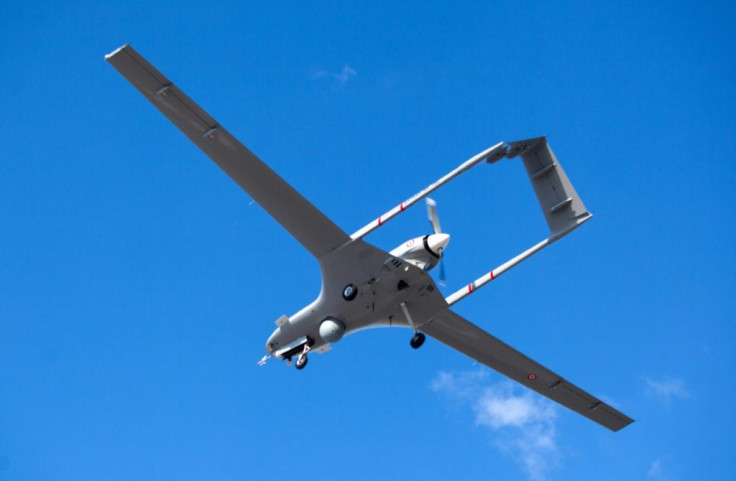FAA Waives Rules To Allow Drones To Inspect Bridges In North Carolina
KEY POINTS
- North Carolina became the first state to use drones for bridge inspection
- Use of drones instead of trucks could cost 75% less
- Skydio said its drones had 'higher level of autonomy' than others
North Carolina could soon trade the cumbersome snooper trucks for sleek drones to inspect bridges and other sturctures. The U.S. Federal Aviation Administration (FAA) has waived a restriction that required a drone to be always in plain sight of the remote operator, allowing Skydio drones to inspect any bridge in North Carolina for four years.
Though the FAA had earlier waived rules regarding drone-flying for logistics and delivery companies such as UPS and Amazon Prime Air, this is the first time that such an exemption is given for infrastructure inspection. Other states could follow North Carolina's example and use drones for infrastructure inspection.
According to existing rules, a drone must be flown in the "visual line of sight" of the remote operator. It must not be flown over people, or at night, or in fleets over a certain size. These guidelines are meant to prevent drones from causing accidents or damaging property.
Skydio said its drones were allowed to fly beyond the visual line of sight (BVLOS) as they showed a higher level of autonomy than regular drones.
The North Carolina Department of Transportation (NCDOT) will use these drones to inspect critical structures under bridges instead of snooper trucks. Maintenance activities will be conducted without the involvement of trained pilots or other NCDOT staff.
The agency inspects more than 13,500 bridges in the state every year, according to a report.
An AASHTO study of State Departments of Transportation found that drones can save 75% of the inspection cost and 90% of the social disruption cost caused by snooper trucks, which require large crews and extended lane closures. The report claims that 70% of DOTs are developing drone programs.
Similar waivers granted by the FAA
The FAA has granted BVLOS waivers to entities before, but they were often used for single flights or flights overseen by trained pilots.
Logistics company UPS became the first company to win the FAA approval to operate a drone airline to be used for doorstep deliveries. It was also allowed to go beyond the line-of-sight. In August, Amazon Prime Air got a similar certification in August.
#UPS makes history again! Today we become the 1st company to gain full approval to operate a drone airline. Check out this video for more about UPS Flight Forward. #Growth #Technology #UPSFleet pic.twitter.com/KRJHejTdQ9
— UPSers (@UPSers) October 1, 2019
The Chula Vista Police Department in California got approval to fly its drones beyond the "visual line of sight," but only in emergency situations, provided they did not fly 50 feet higher than the nearest obstacle, The Verge reported. They were also required to return to the line of sight as soon as possible.
In October 2019, the FAA hinted at a more beneficial collaboration of drone technology with commercial and government services. This seems to be in the offing after firms like State Farm and Xcel energy were granted waivers for catastrophic assessments and power line inspections respectively.

© Copyright IBTimes 2024. All rights reserved.




















